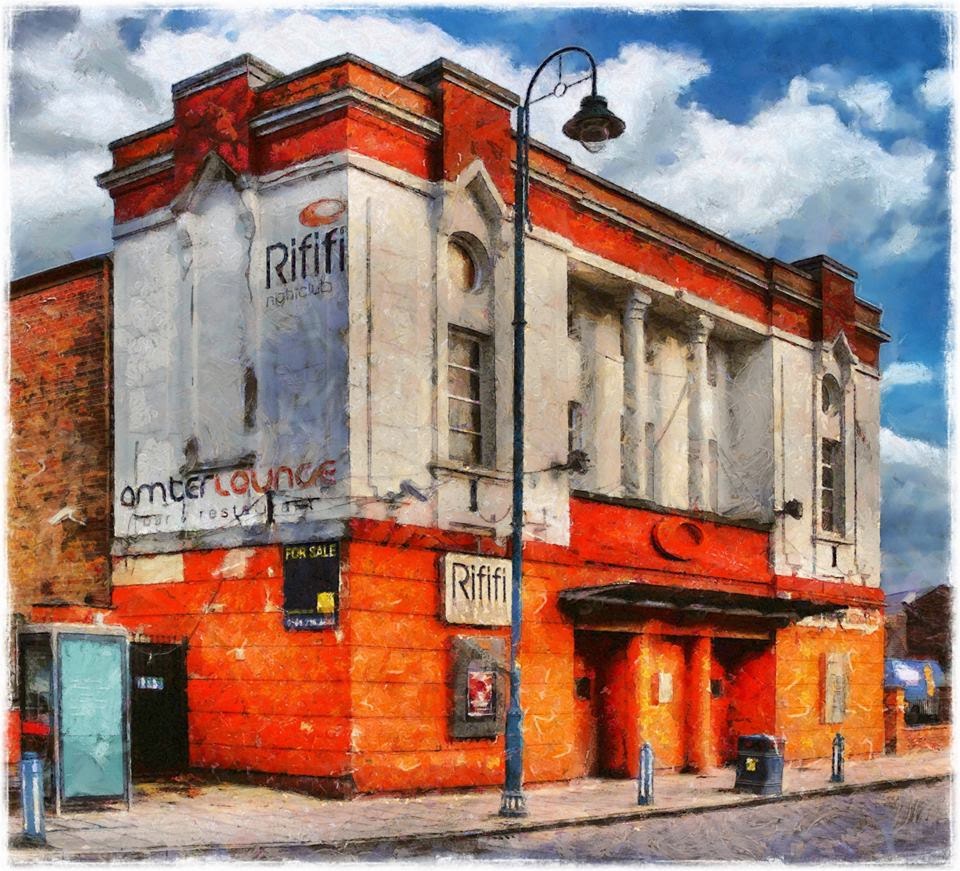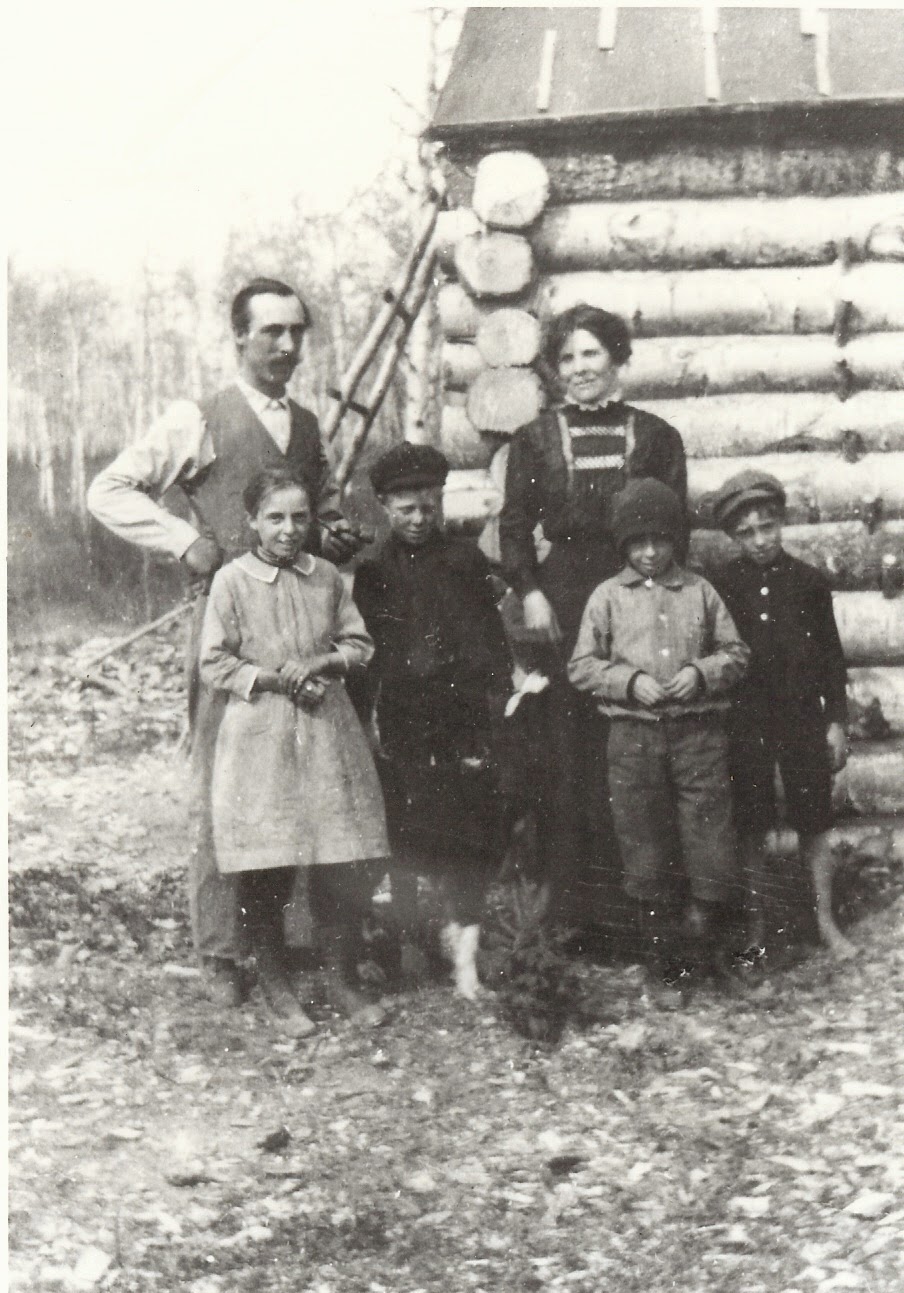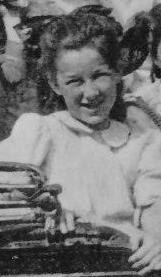 |
| December in Chorlton |
Now to be completely accurate we will not reach the centenary of the house until the middle of next year but we were close enough when I started these stories to make it almost that full century.
And nothing concentrates thoughts on that big anniversary than New Year’s Eve.
I have no idea how Joe and Mary Ann celebrated but it should not be too difficult to reconstruct given what I know of them and the way people welcomed in the New Year in the first half of the 20th century.
Of course the war years will have made the night a little different.
In 1915 when they moved in we were in the second year of the Great War and for the duration of the conflict I guess New Years Eve would have been a quiet affair tinged with the hope that the war could not last much longer.
 |
| A Happy New Year, 1921 |
These may have lessened as the war drew to a close but never entirely went away and the memory of the Manchester Blitz was still a vivid one.
There had been fire bombs on the farm house directly opposite more at the top of Beech Road and in some of the surrounding streets along with a stick of high explosive bombs which fell across Barlow Moor and Claude Roads severely damaging the cinema and some houses.
Nor I suspect were the years directly following the end of the war any more elaborate.
There was still rationing which lingered on in to the 1950s compounded by fuel shortages and the scars left by the bombing.
All of which would have made it a very different evening to the one that John Mike and Lois enjoyed in the 1970s or the ones that have gone on in the years we have lived here.
 |
| Waiting for the New Year Eve 2009 |
Later on through the 80s into the 90s we stayed in with a couple of rented films for the kids, some champagne and a table full of food.
Now all in their way different but in other ways there was a continuity which binds all those decades together.
It starts with that simple observation that until relatively recently you didn’t have to buy a special ticket to get into a pub, fireworks were confined to a few short bursts of colour in the night sky and drifting across from the docks you could hear the sound of the ships sirens.
And last year there was one more break with tradition for while some of the lads spent the night in the house we had left for Varese to see the New Year in with Tina’s family.
Varese is an hour from Milan and the night was a big affair with a meal which went on for hours punctuated by games and welcoming in the New Year between courses.
 |
| Waiting for the New Year in Varese, 2013 |
But this year we will be here and I rather think most of the lads will be if only before they go off into the night to see in the new year somewhere else leaving us to toast Jooles Holland and assorted guests in much the same way that Joe and Mary Ann accompanied Andy Stewart and the White Heather Club.
Pictures; New Year Greeting card, 1921, Tuck & Sons courtesy of Tuck DB, https://tuckdb.org/, from the collection of Andrew Simpson
*The story of house,
http://chorltonhistory.blogspot.co.uk/search/label/The%20story%20of%20a%20house































.jpg)


.jpg)











